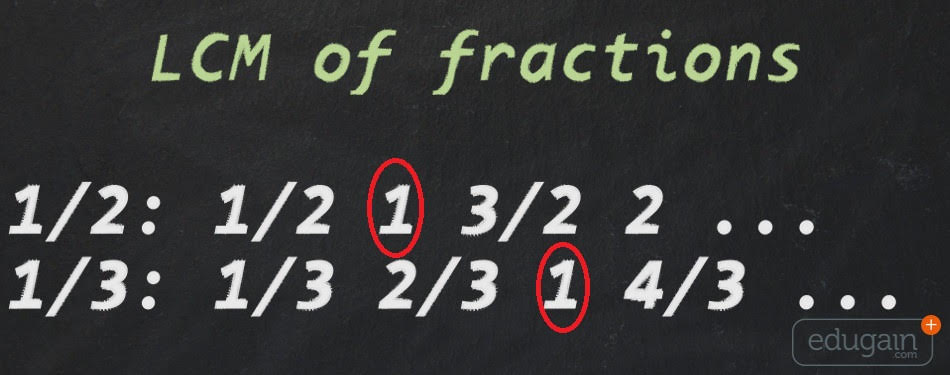
Mathematics is like ladyfingers; students either love it, or can't stand it. It is probably the first subject in the academic curriculum of your child that he'd start relating to real life. So ignoring, fearing, avoiding, or not doing maths is not in our options.
Roman number system is one of the ancient counting and calculating methods. Used in the period between 9th century BC to 2nd century AD, they served us with one of the most complicated methods to count, especially when it comes to larger numbers.
Dear worrying parents,
It's your child's first board exams. You want her to score high marks in maths.
You are thinking...
1. Should she prepare herself?
2. Should she go to a tutor? ....
Today, we'll look at the vexing question - what does it really mean to divide by zero? Why does it result in concepts like "undefined" or "infinity"?
To answer this, we'll first need to understand what “0” really is. So let's go find out the history of the concept "zero".
At first glance, "zero" represents the concept of nothingness - indeed the name "zero" itself came from the Arabic word "Sifr", which in turn came from the Sanskrit word "Shunya", meaning nothingness.
But Zero is much more than just nothingness
Math Olympiad papers can seem rather daunting, isn't it? And rightly so - a well set Olympiad question will test your fundamentals and analytical skills, and challenge your way of thinking.
Irrespective of the fact that most of the so-called "Math Olympiads" conducted by various businesses in our country are nowhere near international standards, the questions in even those are generally "tougher" than the ones you face generally in school tests or exams
In the last article we talked about some general practices that will stand you in good stead while taking part in the Maths Olympiad (or any exam/test in general). In this edition, we'll talk about various additional techniques that could help you perform better in Math Olympiads.
Most of the time the questions in such competition are of the objective type question. This can make things simpler for you (on the other hand, depending on the ingenuity of the question setter, it can also make it harder for you)
When I was younger, and still at school - there used to be a day I used to dread. Well, not the whole day, but some hours. OK - less than that. A minute or two, actually.
The first time I saw the math question paper in front of me.
All the problems, the numbers, and the geometric figures began swimming in front of my eyes. I'm sure some of you have also had the feeling.
It’s only when I grew older and actually began to understand the subject - I realized that there was nothing to worry about

The Least Common Multiple (LCM) of two integers x and y, is the smallest positive integer that is a multiple of both x and y. Generally LCM is used for adding fractions where denominators are not same. Most of the kids know how to calculate LCM, but I was surprised to learn that most of the kids are not aware of the physical significance of LCM.
I was interacting with some of the grade 6 students and I asked them about LCM, and all kids in class said that they know LCM very well
Let’s start with the circle – can there be a more simple shape. Just take any point, and map out all the other points on a plane that are at some fixed distance from it. And you get a circle.
The word itself is from the Greek for circle – kirkos (Oddly enough, the word “circus” comes from the same root). Of course, our ancestors were familiar with the circle much before they had any language
Algebra is when most children get introduced to the concepts of “abstract” mathematics. Suddenly their world gets involved in quantities like “x” and “y”s. And if not introduced properly it can lead to fear of the subject. But if taught properly they can see that the “x” and “y” are like words that form a beautiful poem and they’ll delight themselves when they learn this secret language and understand the beauty of algebra
We all know what a prime number is. It is a number that is divisible only by 1 and itself. But do you know how fascinating these numbers are?
You could call them the building block of all numbers.
Why do I say that?
We all know numbers that are not prime numbers are called composite numbers. But you may not know that all composite numbers can be built from prime numbers in a unique way by multiplication
A tessellation is simply is a set of figures that can cover a flat surface leaving no gaps. To explain it in simpler terms - consider the floor of your house. That is a flat surface – called a "plane" in mathematical terms. And you’ll notice that the floor is covered with some tiles or marbles of different shapes. That is a good example of a "tessellation". The one difference here is that technically a plane is infinite in length and width so it's like a floor that goes on forever
We often see that children are scared of mathematics. This manifests itself as a reluctance to understand the subject, and ultimately in them pushing the subject aside.
However, we believe that we at EduGain can help them in overcoming this fear and to excel in a beautiful subject that can grow their minds and expand their horizons.
The truth is that Mathematics is a fascinating and unique subject. This is the sense that we need to instil in them.
Mathematics is unique in the sense that all other areas we study came from our curiosity about the universe around us

 Europe
Europe
